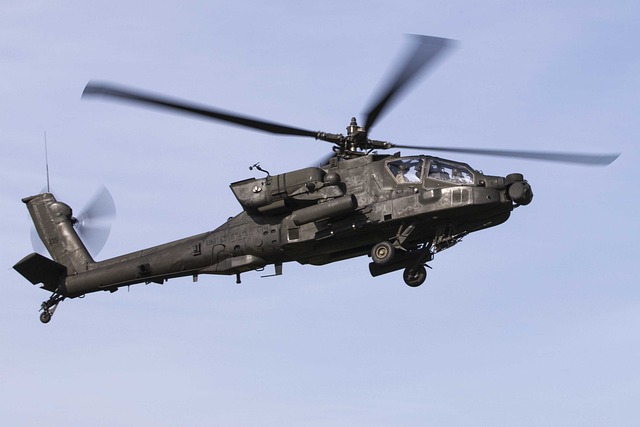The 1st Cavalry Division Ultimate Flags is a powerful symbol of military history, bravery, and sacrifice, with its vibrant colors and iconic galloping horse representing key aspects of the division's heritage. Displayed at memorials worldwide, it honors their service and preserves their legacy, following strict protocols that emphasize respect for the flag and those it represents. These displays foster unity and remembrance, with notable locations like Washington D.C.'s Vietnam Veterans Memorial and New York City's 9/11 Memorial showcasing the flag as a poignant symbol of courage and sacrifice.
The 1st Cavalry Division Flag, a powerful symbol of military heritage, graces numerous memorials and monuments across the globe. This article delves into the symbolism behind this iconic flag, its historical context, and the protocols governing its display at solemn tributes. We explore significant landmarks where the 1st Cavalry Division Flag stands as a testament to bravery, paying tribute to its role in shaping history. Discover notable monuments where this emblem serves as a moving reminder of military sacrifice and valor.
- The Symbolism Behind the 1st Cavalry Division Flag
- Historical Context: When and Where it's Displayed
- Protocols for Flying the 1st Cavalry Division Flag at Memorials
- Notable Monuments and Memorials Featuring the Flag
The Symbolism Behind the 1st Cavalry Division Flag
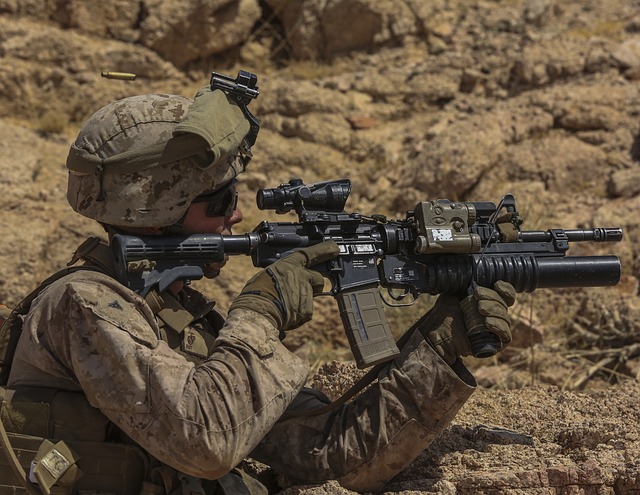
The 1st Cavalry Division Flag, a vibrant and symbolic artifact, holds profound meaning for military enthusiasts and those who serve. This iconic banner, often displayed at military memorials and monuments, represents the enduring spirit of the 1st Cavalry Division. Its design incorporates key elements that tell the story of its history and purpose. At the center, a galloping horse symbolizes the division’s rapid mobility and relentless pursuit, reflecting their role in swift and aggressive combat operations.
The flag’s colors carry further significance: crimson represents the blood shed by the division’s members; gold signifies the courage and honor displayed on the battlefield; while blue embodies the loyalty and unity within the ranks. These elements collectively embody the 1st Cavalry Division’s commitment to bravery, sacrifice, and unwavering brotherhood. The flag serves as a powerful reminder of their service and a symbol of respect for their dedication to protecting their country.
Historical Context: When and Where it's Displayed
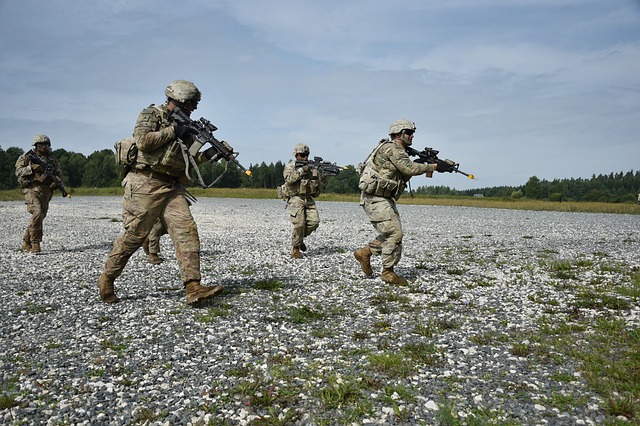
The display of the 1st Cavalry Division Flag at military memorials and monuments holds significant historical value, dating back to pivotal moments in combat history. This iconic emblem has been a powerful symbol of courage and sacrifice since its inception. Historically, it was first unfurled on the battlefield during World War II, where it became a beacon of hope for troops under its command.
The 1st Cavalry Division Flag made its permanent home at various commemorative sites worldwide, particularly in countries where it saw intense action. It serves as a tangible link to the past, reminding visitors of the valiant efforts and achievements of the division’s members. This tradition of exhibition ensures that the stories of their bravery are preserved for future generations, fostering a sense of remembrance and appreciation for the sacrifices made by these dedicated soldiers.
Protocols for Flying the 1st Cavalry Division Flag at Memorials
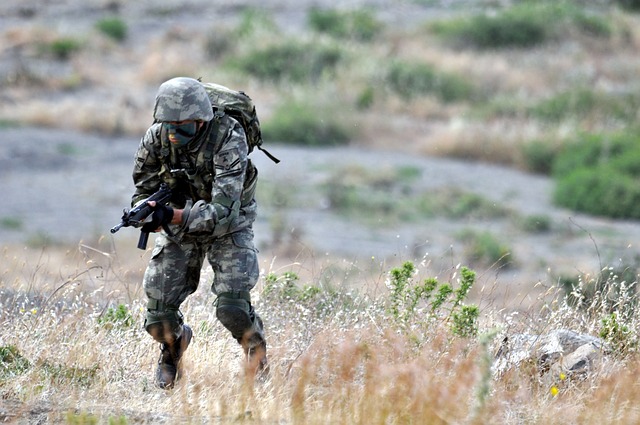
When displaying the 1st Cavalry Division Flag at military memorials and monuments, strict protocols must be followed to pay respect to this esteemed unit’s history and service. The flag should always be flown at half-staff as a sign of mourning for the countless soldiers who have given their lives in service, unless a national holiday or specific event calls for it to be raised to full staff. Before raising or lowering the flag, a brief ceremony involving a color guard, usually consisting of veteran members, is conducted. This ritual not only adds solemnity but also serves as a living tribute to the division’s legacy.
To ensure proper decorum, the 1st Cavalry Division Flag should be displayed in a prominent location where it can be seen clearly by visitors. It must be secured properly using appropriate hardware and never allowed to touch the ground or become tangled. When not on display, the flag should be folded neatly into its case according to the established military tradition, ensuring it’s handled with the utmost care and respect. These protocols help maintain the dignity of the memorial site and honor the sacrifices made by the 1st Cavalry Division.
Notable Monuments and Memorials Featuring the Flag
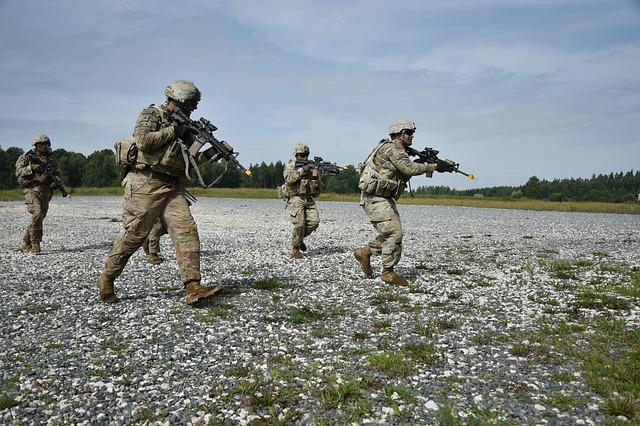
Some of the most notable monuments and memorials showcasing the 1st Cavalry Division Flag are found across various countries, serving as powerful symbols of military history and sacrifice. One such example is the Vietnam Veterans Memorial in Washington D.C., where the flag is prominently displayed among the countless names etched into the walls, honoring those who served and lost their lives in the conflict.
Another striking instance is the National September 11 Memorial & Museum in New York City, where a flag from the 1st Cavalry Division, flown at half-mast, stands as a somber reminder of the day’s tragic events. These displays not only pay tribute to the divisions and units involved but also foster a sense of unity and remembrance among visitors, emphasizing the enduring spirit and resilience of those who serve their countries.
The 1st Cavalry Division Flag, with its rich symbolism and historical significance, serves as a powerful reminder of military valor and sacrifice. Its display at various memorials and monuments across the globe allows us to honor and remember those who served, particularly in the First and Second World Wars. By adhering to the established protocols for flying this honorable flag, we ensure that it is respected and properly shown the reverence it deserves. These displays, from bustling city centers to serene war memorials, continue to inspire and educate future generations about the contributions of the 1st Cavalry Division.
